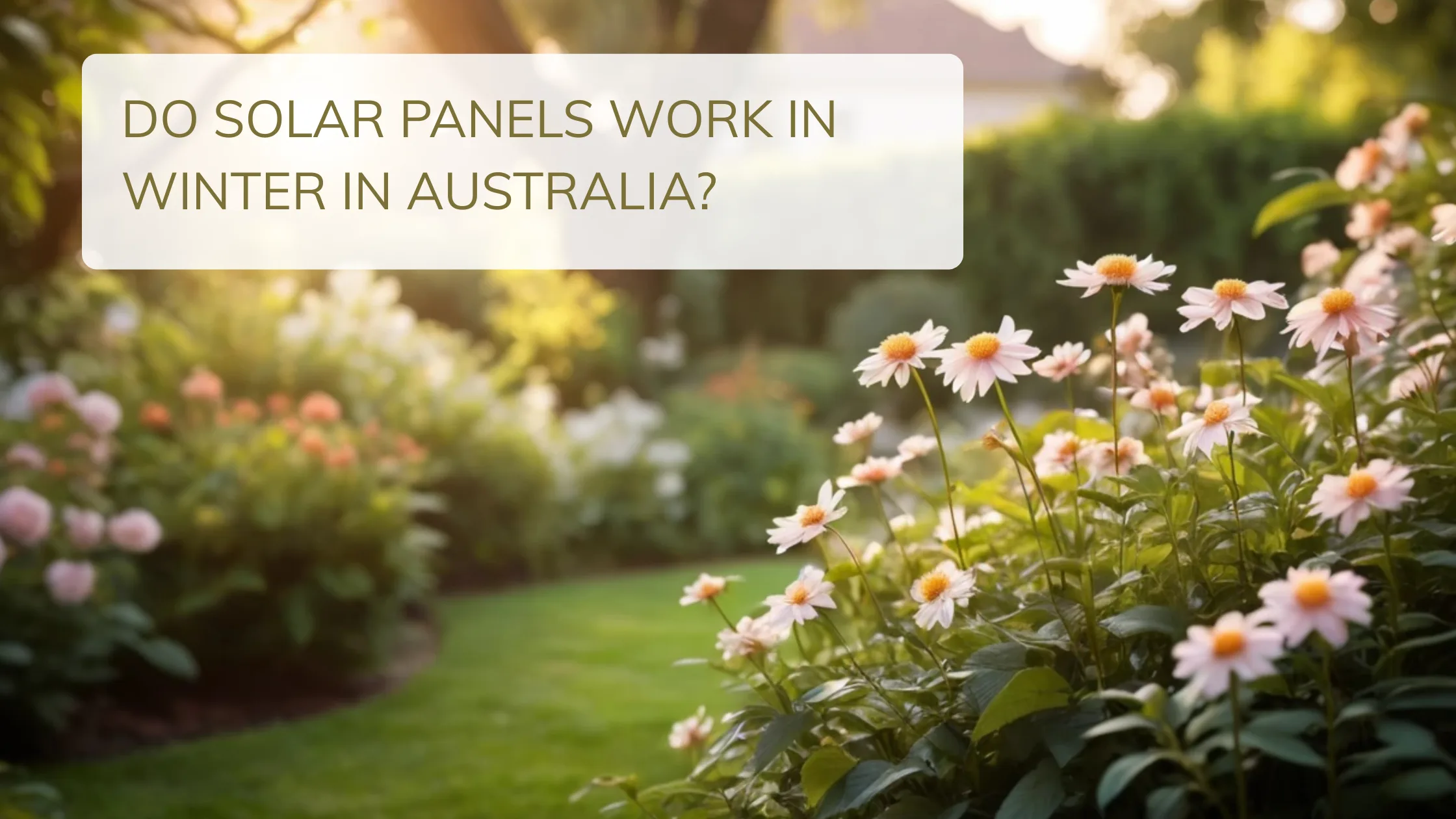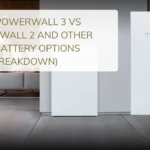If you’re like me — sitting in your Perth backyard mid-July, hoodie on, wondering if those expensive solar panels are doing anything while the clouds roll in — you’re not alone.
One of the most common questions I get from mates (and something I asked myself before getting panels) is:
Do solar panels even work in winter here?
Short answer: Yes.
Longer, honest answer: Not as well as summer, but better than you’d think.
I’ve had solar since mid-2022, and now two winters later, I can tell you exactly what’s going on — with real data, real bills, and real-life observations that aren’t just copied from an installer’s brochure.
What Happens to Solar in Winter?
Let’s start with the basics. Solar panels don’t need heat — they need sunlight. And while winter days are shorter and a bit cloudier, Australia still gets plenty of usable sunlight, even in July.
What changes is:
- Shorter daylight hours
- More cloud cover
- Lower sun angle (less direct sunlight)
So yes, your solar panels will produce less energy — but they absolutely don’t stop.
My Winter Numbers (Real Bill Comparison)
Here’s what my quarterly bills looked like for winter:
| Year | Season | Energy Produced | Bill |
|---|---|---|---|
| 2023 | Winter (Jun–Aug) | 1,143 kWh | $182 |
| 2024 | Winter (Jun–Aug) | 1,180 kWh | $167 |
I’ve got a 6.6kW system with a Fronius inverter, north-facing panels, no shading. Live in Perth, so the winter sun is still decent.
Compare that to my summer quarter where I pull in around 2,200 kWh — so yeah, winter’s like 40–50% drop in production, give or take. Still solid, though.
What About Cloudy Days?
A common myth is that panels “don’t work” on cloudy days. Not true — they just work less efficiently.
Cloud cover scatters sunlight, so panels still pick up photons. On super overcast days, my output drops to 2–3 kWh/day (vs 20+ in summer). But if the clouds are thin or intermittent, I’ll still get 8–12 kWh, which is plenty to run lights, fridge, TV, and other basic gear.
My cousin in Hobart has a smaller system and gets around 60% of her summer production in winter. That’s in Tasmania — not exactly tropical.
Local Anecdotes: What Mates in Different Cities Said
Dave in Melbourne (5kW system)
Yeah, winter’s a bit flat. But even on grey days, the panels tick along. Our winter bill dropped from $330 to $180 — not massive, but still worth it.
Rach in Adelaide (battery setup)
The solar’s enough to keep us going during the day, and the battery helps with the evenings. Winter’s not amazing, but we never go over $100 in power bills.
Me — Perth
I still make more than I use during the day (even with the heater on), and sell some excess back to the grid. No complaints.
Does Cold Weather Help?
Funny enough — solar panels are actually more efficient in cooler temperatures. Heat reduces voltage and lowers efficiency.
So, on a cold but sunny winter day, your panels can be surprisingly productive. I’ve had days in late June where output spiked higher than some autumn days, simply because it was clear and crisp.
How to Maximize Solar in Winter
Here’s what I’ve learned after two winters with solar:
- Face panels north (or adjust tilt if east/west): Optimizes winter sun exposure.
- Run appliances during the day: Use dishwasher, washing machine, or heater between 10am–3pm if possible.
- Clean your panels: Winter grime and dust reduce efficiency. A quick hose-down helps (if safe).
- Use a solar app or monitor: Helps you time high-usage tasks with peak generation.
Should You Still Get Solar If You’re Installing in Winter?
Absolutely.
In fact, winter installs can be cheaper because demand drops — especially around tax time or during bad weather.
I got my system in June and was producing power within a week. Didn’t have to wait months like mates who booked installs in November or December.
Also, installing now means you’re up and running before summer hits — when savings are even bigger.
Final Thoughts: Is Solar Worth It in Winter?
Look — solar isn’t magic. It’s not going to erase your bill completely in winter. But even in the coldest months, you can still slash your power costs significantly.
My worst winter quarter (with lots of cloud cover and some lazy usage habits) still had a $100+ saving. My best? Nearly $180 in savings compared to pre-solar bills.
If you’re in Perth, Adelaide, Brisbane — you’ll still get plenty of winter sun. Even in Melbourne or Hobart, it’s worth it, especially with efficient appliances and good panel placement.
Want My Seasonal Savings Tracker?
I made a simple Google Sheet to track my solar output by season, and compare it to my bills. Helps spot trends and make smarter usage choices.
If you want a copy, drop your email or message me and I’ll flick it over.
Winter may be grey — but your solar savings don’t have to be.










